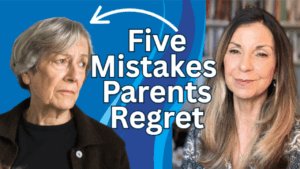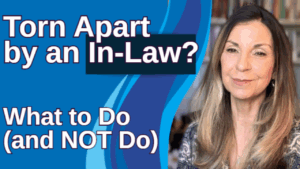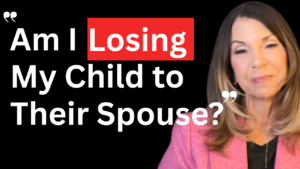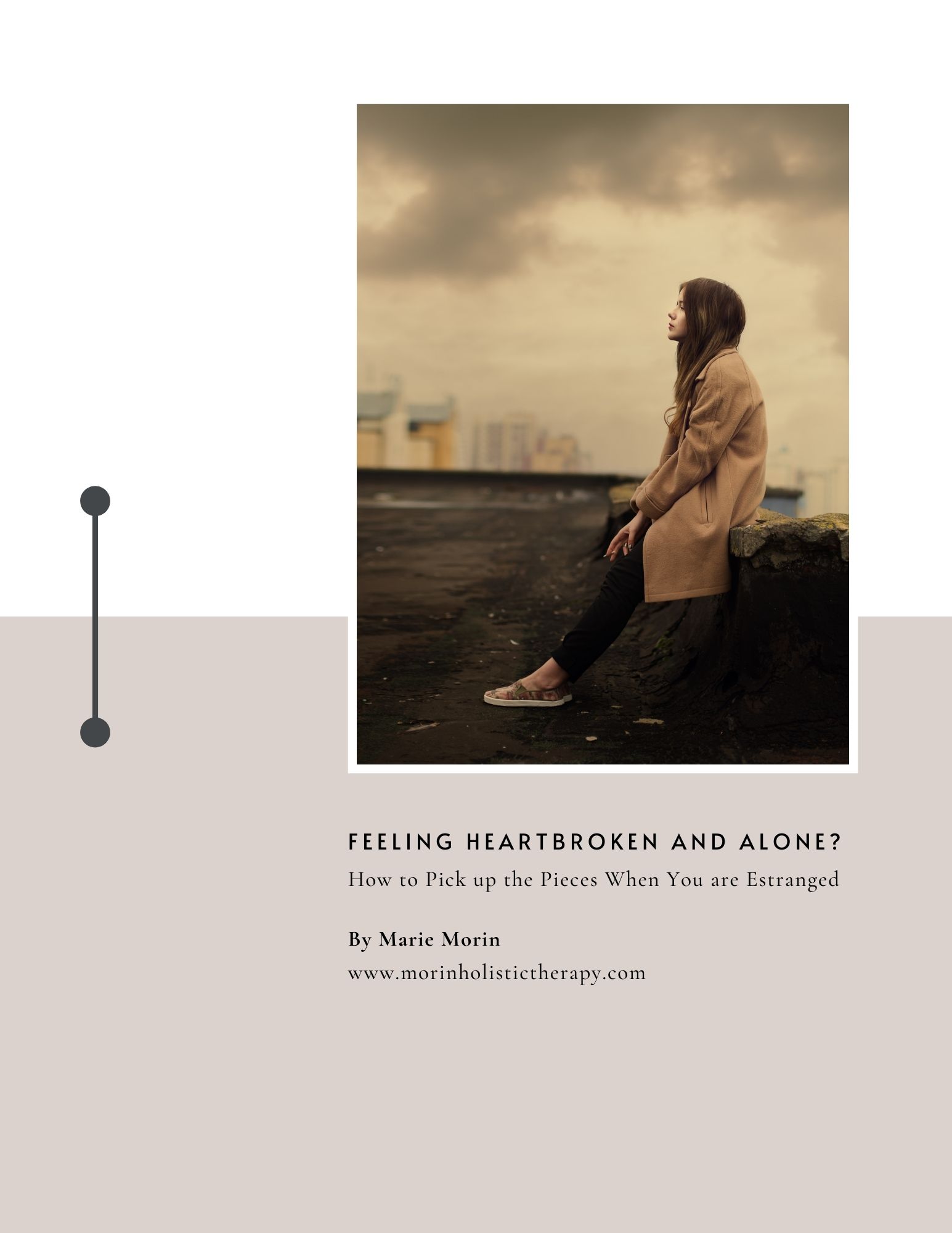Family estrangement can be one of the most painful experiences a parent can endure. If your adult child has chosen to cut off contact, you may be overwhelmed with questions.
- Why did this happen?
- What did I do wrong?
- Can we ever reconcile?
While every family situation is unique, understanding why estrangement occurs can help you process your emotions and take productive steps forward. Let’s explore the deeper reasons behind why adult children cut off parents, what to do when repair isn’t possible, and how to start your healing journey, whether reconciliation happens or not.
The Deeper Reasons They Left
While estrangement may feel sudden to you, many adult children describe it as the result of years of unresolved pain. Here are three of the most common reasons they choose to go no-contact:
- They Felt Unheard for Years
Your child may have felt dismissed, invalidated, or unheard, even if your intentions were good. Communication patterns established in childhood can linger, leaving unresolved emotions beneath the surface. Some adult children report that their feelings were minimized or ignored. This often results in resentment, leading them to create distance as a form of self-protection.
What You Can Do:
- Reflect on past conversations. Were there moments when your child tried to express difficult emotions?
- Consider how you responded. Did you listen without judgment or try to fix, justify, or minimize their feelings?
- Practice active listening now, even if your child isn’t speaking to you. Preparing to listen without defensiveness can create opportunities for reconnection in the future.
2. They Needed Emotional Safety
Some adult children cut off contact to protect their mental and emotional health. They may feel safer with distance if the family environment involves frequent conflict, criticism, or emotional volatility.
Even if you don’t see yourself as harmful, your child’s experience is their reality. Emotional safety means feeling respected, heard, and free to express themselves without fear of retaliation or shame.
What You Can Do:
- Acknowledge that their perspective matters, even if it’s hard to hear.
- Reflect on how you handle disagreements. Are you able to remain calm and respectful?
- Commit to creating a safer emotional space if reconciliation becomes possible.
3.They Didn’t Believe Change Was Possible
Sometimes, adult children may want a relationship but don’t believe meaningful change will happen. They may have tried to address issues in the past, only to feel ignored or invalidated. Eventually, they may conclude that the only way to feel peace is to distance themselves.
What You Can Do:
- Show that you’re open to growth by acknowledging past mistakes.
- Take responsibility for your part, even if you feel your child has faults, too.
- Demonstrate a willingness to change through consistent actions, not just words.
When Repair Isn’t Possible
Not all estrangements can or should be repaired. Sometimes, the healthiest choice for a parent is to accept the separation and focus on their healing. This can be especially true if your adult child engages in harmful behaviors.
Signs That Reconciliation May Not Be Healthy:
- They refuse accountability and consistently blame others.
- They use manipulation, guilt, or threats to control the relationship.
- They display ongoing cruelty or disrespect without remorse.
In these cases, the estrangement may be a form of protection for you. While it’s painful, it’s not your fault. Choosing your own mental and emotional well-being is valid and necessary.
What You Can Do:
- Establish boundaries that protect your peace.
- Seek support from a counselor or support group.
- Practice self-compassion and remind yourself that you are worthy of healing.
The First Step Toward Healing (Whether They Return or Not)
Healing begins with self-reflection and a willingness to grow. If your adult child has left, you may feel tempted to reach out and try to fix things immediately. While the desire for reconciliation is natural, how you approach the conversation matters.
Here’s an example of a message that invites healing without applying pressure:
“I know we haven’t talked long, and I want to respect your space. But I also want to acknowledge that I may have hurt you, even if I didn’t intend to. If you’re ever open to talking, I’d love to listen, not to defend myself, but to understand truly.”
Why This Works:
- It doesn’t blame. Blame will only push your child further away.
- It doesn’t demand. Pushing for immediate reconciliation can feel overwhelming.
- It creates emotional safety. Safety is the foundation for rebuilding trust.
Moving Forward-With or Without Reconciliation
Whether your child chooses to return or not, your healing is essential.
Remember These Truths:
- Reconciliation isn’t about one perfect message. It’s about consistency, patience, and genuine effort.
- Estrangement isn’t always forever. Many reconciliations happen after years of silence.
- You are worthy of peace and happiness. Your worth isn’t determined by whether your child returns.
Some parents find that reconciliation naturally occurs over time. Others may find that they need to accept the estrangement and focus on healing themselves. Both paths are valid.
Final Thoughts
If you’re navigating estrangement, know that you are not alone. Healing is possible, even if reconciliation isn’t. Your journey forward can be one of growth, self-care, and resilience.
If you found this post helpful and want further guidance, consider exploring my coaching program. I provide personalized support to help parents dealing with estrangement process their emotions, set boundaries, and find peace, regardless of the outcome.
You deserve healing. And no matter what happens next, there is hope.








